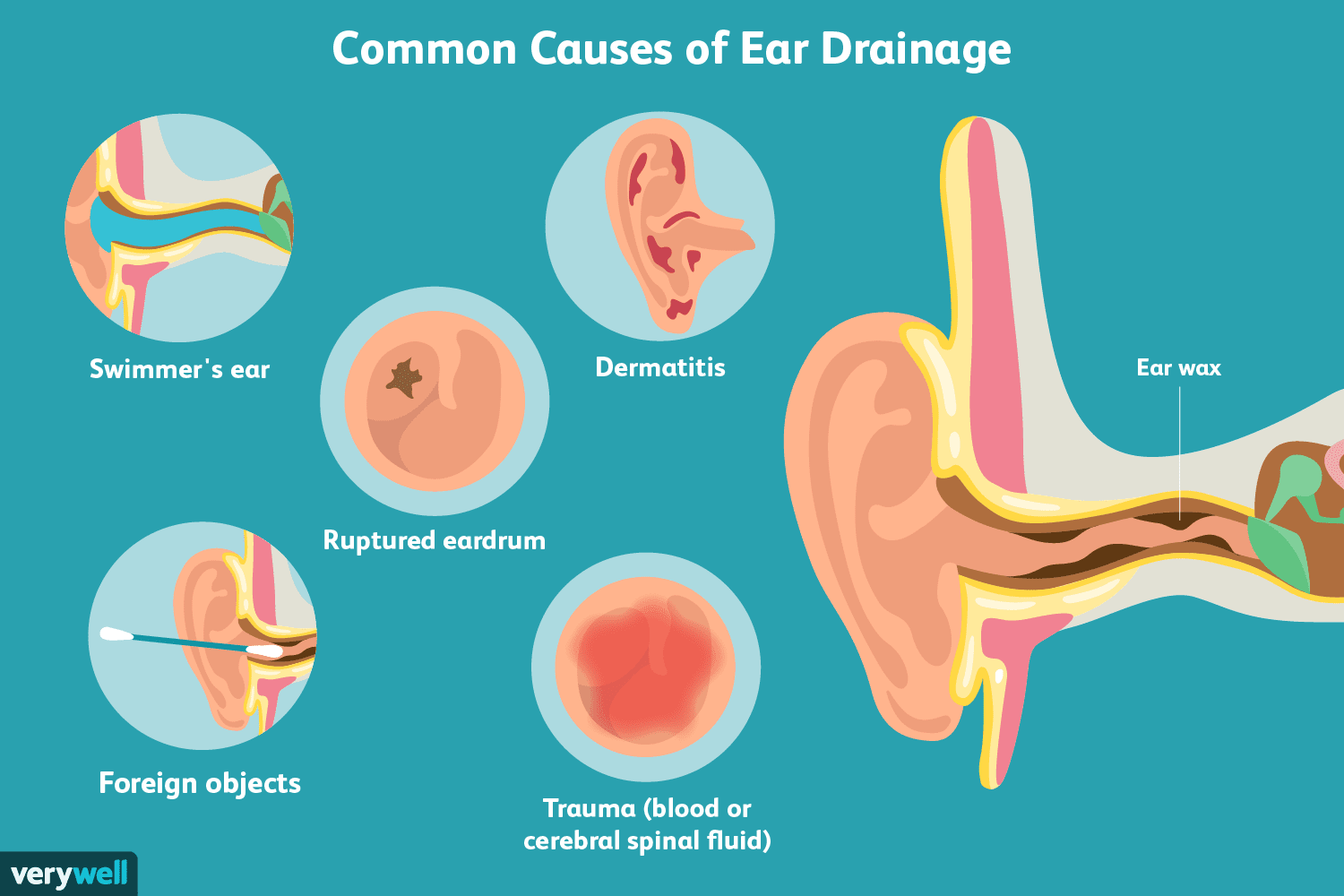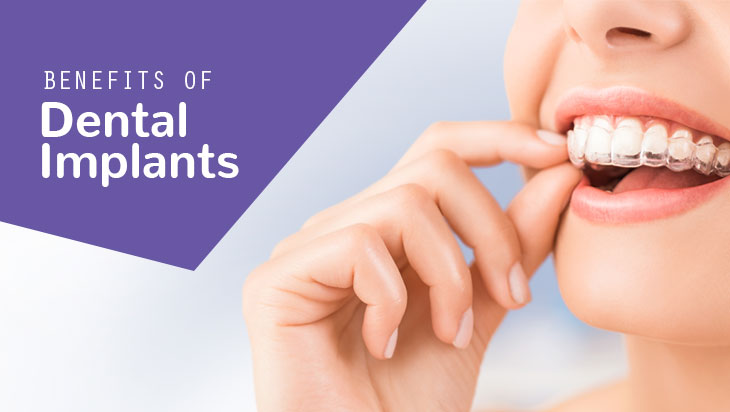Ear pain/discharge is a common health complication that usually occurs in children, but sometimes they affect adults as well. The pain can come and go or may be constant, dull, burning, or sharp. In some cases, the affected may experience liquid discharge from the ear. The root cause of ear pain is ear infection. It happens when the middle ear is affected by a bacterial or viral infection causing fluid buildup and immense pain. Ear pain may occur due to cold or fever, whereas fluid discharge may occur due to a ruptured eardrum.
Ear sensation (tinnitus)
Ear sensation or tinnitus is the perception or ringing in the ears. Tinnitus itself isn’t a condition but rather a symptom of an underlying condition like a circulatory system disorder, ear injury, and age-related hearing loss. Ear sensation isn’t something that can be labeled severe, but it can affect the quality of the life. It worsens with age and the symptoms can be improved with treatment. Treating the root cause can sometimes help; while other treatments may help mask or reduce the ringing sensation. The affected is advised to seek the doctor’s help immediately to reduce the symptoms while getting treatment.
Hearing Loss
Hearing loss or hearing impairment is when your ability to hear is reduced or completely compromised. The most common causes of loss of hearing are ear infection, ageing, and loud noise. In most cases, it is difficult to cure hearing impairment and is typically treated with hearing aids. Our hearing ability worsens after we cross the 40s. This age-related hearing loss is called Presbyacusis. On the other hand, exposure to loud noise and any untreated ear infections may also lead to hearing loss. Hearing impairment is the result of the sound signals not being able to reach the brain.
Earwax
Earwax is waxy, yellowy material formed inside the ear that is produced from the sebaceous gland in the ear canal. Earwax is our body’s safety mechanism to protect the lining of the ear canal. It cleans and lubricates the ear canal repelling water, ensuring that bacteria, fungi, and insects do not get through and harm the eardrum. The waxy composition also helps trap dirt as well. However, when the body produces too much earwax, it becomes hard and can cause ear problems with the most severe being hearing loss or hearing impairment. It is recommended to visit your ENT specialist once a while to clear out the excessive buildup.
SURGERIES
Tympanoplasty
Tympanoplasty is the surgical procedure used for treating hearing impairment caused due to punctured eardrum. Chronic exposure to loud noises can contribute to eardrum damage. Eardrum damage compromises your ability to hear; and in some cases, if left untreated, you can become completely deaf. Tympanoplasty is the recommended surgery for hole in eardrum if home care and medications doesn’t work.
Causes
- Virus or bacteria
- Aging
- Other disease such as allergy, flu, or cold
- Mucus, inflammation, and swelling in the Eustachian tubes from an allergy or upper respiratory infection can block them
- Fluid buildup
Symptoms
Treatment is prescribed after diagnosing the specific symptoms of hearing loss.
- Avoidance of some social settings
- Withdrawal from conversations
- Listening to TV or radio in high volume
- Frequently asking someone to speak loudly, clearly, and slowly
- Difficulty hearing consonants
- Trouble understanding words, especially in a crowd or against background noise
Risk
- Hearing loss can affect the quality of your life
- Partial or permanent deafness
Treatment
When all other procedures fail or do not give results as expected, then only surgery is prescribed. The purpose of tympanoplasty surgery is to reconstruct the punctured eardrum causing hearing loss. It is performed under general anesthesia and may require making a small incision above the ear canal to approach the repair. Otoscopy is used to assess the mobility of the malleus and the tympanic membrane. Numerous techniques have been developed and refined and both medial and lateral grafting techniques are used depending on the condition.
Advantages
- Improved hearing
- Fast recovery
- Less painful
- Reconstruction of the eardrum
Diet
There are no dietary restrictions. You can resume your regular diet once you can. However, you are advised to start out with liquids.
- Strained creamy soups
- Porridge
- Pudding
- Juice
- Fruits
Mastoidectomy
Mastoidectomy is the surgical procedure to remove diseased mastoid air cells. The mastoid is situated behind your ear, which is the part of your skull. If left untreated, it can lead to severe ear infection that spreads into the skull. The ENT specialists work on to come up with a treatment based on the causes and symptoms.
Causes
- Air cell in the inner ear getting damaged
- Ear infections
- Chronic health problems
- Injuries
Symptoms
- Ear pain
- Humming, buzzing sensation in the ear
- Discharge from ear
- Difficulty in hearing
Risk
Tinnitus can occur suddenly or without an apparent cause. There is no potential health risk associated with Tinnitus, but it can cause:
- Abscess in the brain
- Ongoing ear drainage
- Inflammation of the inner ear
- Inflammation of the membranes of the brain
- Facial paralysis
- Vertigo or dizziness
- Deafness
Treatment
Surgery is prescribed when medications and other interventions don’t prove to be fruitful. The purpose of mastoidectomy surgery is to remove the diseased mastoid air cells located behind the ear. The diseased hair cells are the root cause of ear infection in adults that may spread into the skull if untreated. It is performed under general anesthesia where a microscope is used for more precision. There are different variations of Mastoidectomy involved – Simple Mastoidectomy, Radical Mastoidectomy, and Modified Radical Mastoidectomy.
Advantage
- Duration of surgery is low
- Less scarring and tearing
- Speedy recovery
Diet
There is no prescribed diet post mastoidectomy, but ENT specialists always recommend fueling up on liquid-based diet for the first couple of weeks.
- Strained creamy soups
- Porridge
- Pudding
- Juice
- Fruits
Stapedectomy
Stapedectomy is the surgical procedure to remove all or a part of the original stapes bone to treat hearing loss. People suffering from hearing loss caused due to otosclerosis are prescribed to undergo Stapedectomy. It happens when the bone in the ear keeps growing keeping the stapes from moving normally.
Causes
- Some connections to pregnancy and measles have been observed as worsening the case of otosclerosis
- It often runs in families
- Women are at higher risk of otosclerosis
- Weakened immune system
- Stress fractures to the bony tissues
Symptoms
- Hearing loss
- Balance problems
- Dizziness
- Tinnitus or ringing in your ears
Risk
- Infection
- Injury to facial nerve
- Sensitivity to loud noise
- Tinnitus
- Vertigo
- Changes in taste
Treatment
Hearing aids and antibiotics help patients suffering from conductive deafness. However, antibiotics and hearing aids are not the permanent cure. Stapedectomy is the last resort. It is a surgical procedure where the abnormal bone growth is removed in order to insert a tiny implant. In some cases, the entire stapes bone is removed and replaced with a small prosthesis.
Advantage
- Significantly improves an individual’s hearing function
- Treat balance problems
- Only takes an hour to complete
- Recovery takes a couple of days
Diet
The ENT specialists prescribe following a liquid-based diet for the first couple of weeks.
- Strained creamy soups
- Porridge
- Pudding
- Juice
- Fruits
Myringotomy
Myringotomy is a common surgery of the ear where a small hole is made into the eardrum to drain out infectious materials. It is a typical surgery for treating otitis media with effusion (OME) or a middle ear infection where it is paired with the insertion of a typanostomy tube. OME happens when a virus cause the area behind the eardrum to become inflamed. Middle ear infection is most common amongst children and when antibiotics and home remedies won’t work, Myringotomy is performed.
Causes
There are numerous reasons why people get middle ear infections.
- Infection of the respiratory tract
- Injuries
- Growth of bacteria
- Fluid buildup
Symptoms
- Congestion
- Decreased appetite
- Diarrhea
- Nausea and vomiting
- Hearing problems
- Loss of balance
- Clear, yellow, or bloody discharge from the ear
- Fever
- Difficulty sleeping
- Irritability
- Ear pain
Risk
- Can lead to ‘glue ear’ if not treated on time
- Partial or permanent hearing
- Slow speech development in children
- Ruptured eardrums
- Infection that spreads to the bones of the ear
Treatment
Antibiotics and pain medications can help reduce the symptoms to an extent. Moreover, the ENT specialist may also prescribe autoinsufflation to adjust the air pressure in your ear. However, if the condition is severe, then surgery is the only option. Myringotomy is performed to relieve pressure caused by excessive buildup of fluid in the middle ear. The ENT specialist creates a small hole in the eardrum to drain out the fluids such as pus, blood, or water. The doctor may put in a tube to prevent it from getting backed up. It is an outpatient procedure and is performed under local anesthesia. However, children may be kept under the observation for one night to monitor their post-operative condition.
Advantage
- Relief from a number of infections
- Improved hearing
- Reduced pain
Diet
The ENT specialists prescribe following a liquid-based diet for the first couple of weeks.
- Strained creamy soups
- Porridge
- Pudding
- Juice
- Fruits



